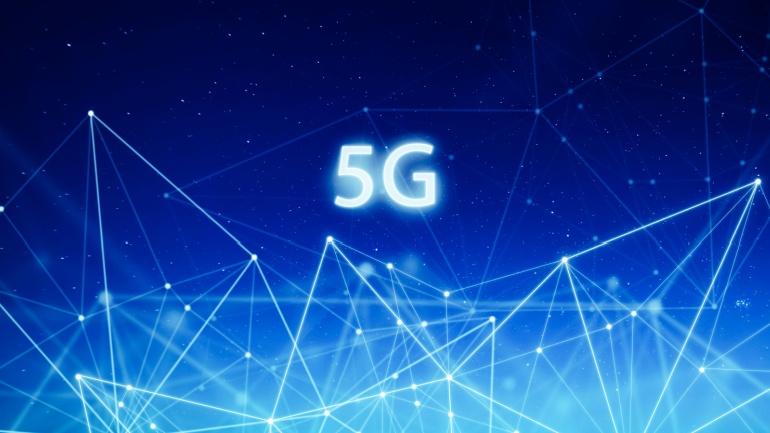In a pivotal tech development, Delta Airlines aligns with T-Mobile, dedicating their efforts towards promoting 5G technology advancement. The vast integration will transform over 60,000 workflows, enhancing operations from check-in to lift-off. To support this evolution, Delta plans to implement a T-Mobile 5G hybrid network at its Atlanta headquarters. As part of its ongoing telecom development, T-Mobile recently concluded a $290 million 5G network expansion in Louisiana.
Telecommunications heavy hitter T-Mobile finds itself under scrutiny as fixed wireless service providers in Maine, New York, and Maryland report disruptions attributed to T-Mobile’s 5G operations. Bloosurf has appealed to the FCC, seeking a refrain on T-Mobile’s 5G functions where they intersect with its own services, stirring up a complex debate hinging on a 1977 FCC decision regarding interference.
Vodafone Idea, a struggling telecom operator in India, is set to embark on a significant equity fundraising effort to secure more than $2 billion. This move comes as the company faces mounting bills and aims to finance the rollout of its 5G network.
Continuing their established partnership, Swisscom and Ericsson unveiled a multi-year agreement to boost Swisscom’s innovation and increase energy efficiency for its 5G network. The pact includes Ericsson’s Intelligent Automation Platform, facilitating advanced network management. Their united effort aims to significantly enhance user experience, while also pushing for sustainability and substantial operational savings.
A recent study conducted by Cradlepoint, a subsidiary of Ericsson, shed light on the crucial role of connectivity infrastructure in driving revenue growth for businesses. According to the report, a staggering 98% of technology decision-makers anticipate a revenue increase averaging 19% if they enhance their connectivity systems.
Vonage, a prominent player in cloud communications and a subsidiary of Ericsson (NASDAQ: ERIC), has clinched the prestigious Gold Award for its 5G advancements at the Merit Awards for Telecom. The accolade highlights Vonage’s commitment to fostering digital transformation through its global network platform.
KPN, a leading telecom operator, recently announced its plan to retire 2G network by 2025, opening the frequency gates to bolster the reliability and speed of its 4G & 5G networks.
In a bold move reminiscent of early 2000s communication technology, T-Mobile US has unveiled a groundbreaking push-to-talk service tailored for emergency services, in partnership with Motorola Solutions. However, this isn’t a mere throwback; it’s a sophisticated, 5G-enabled system designed to meet the demands of modern-day first responders.
In a pioneering initiative, passengers traveling on a high-speed rail route in Southern China are now enjoying faster and more reliable 5G connectivity, thanks to the innovative use of digital twin technology. ZTE and China Mobile’s Yunnan Branch have collaboratively developed a detailed 3D model of the railway’s surrounding infrastructure, significantly enhancing network performance along the challenging terrain of the KunchuDali railway.
A cutting-edge initiative partnered with South Tyneside Council aims to transform a port into an innovation hub in the maritime sector utilizing 5G cameras and IoT sensors. This endeavor, backed by a £37 million grant from the Department for Science, Innovation and Technology, is set to pilot electric port operations, advanced transportation systems, live streaming, and smart farming.













